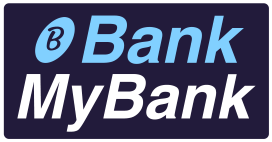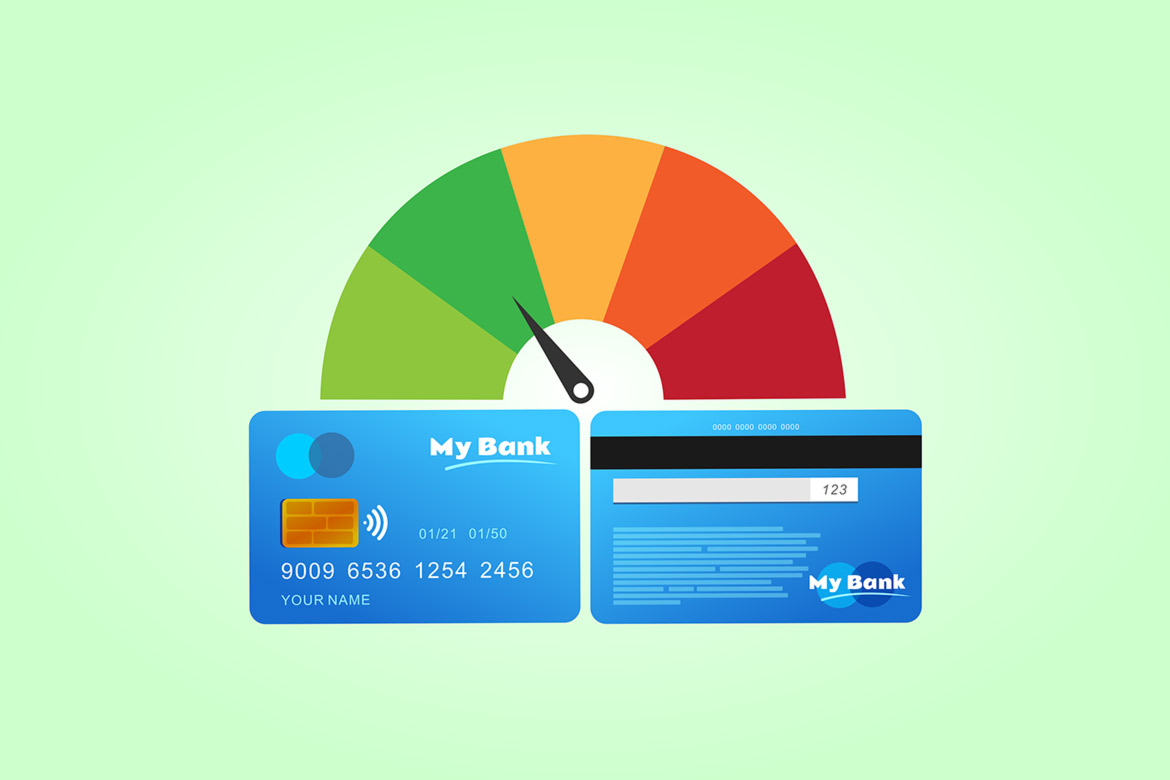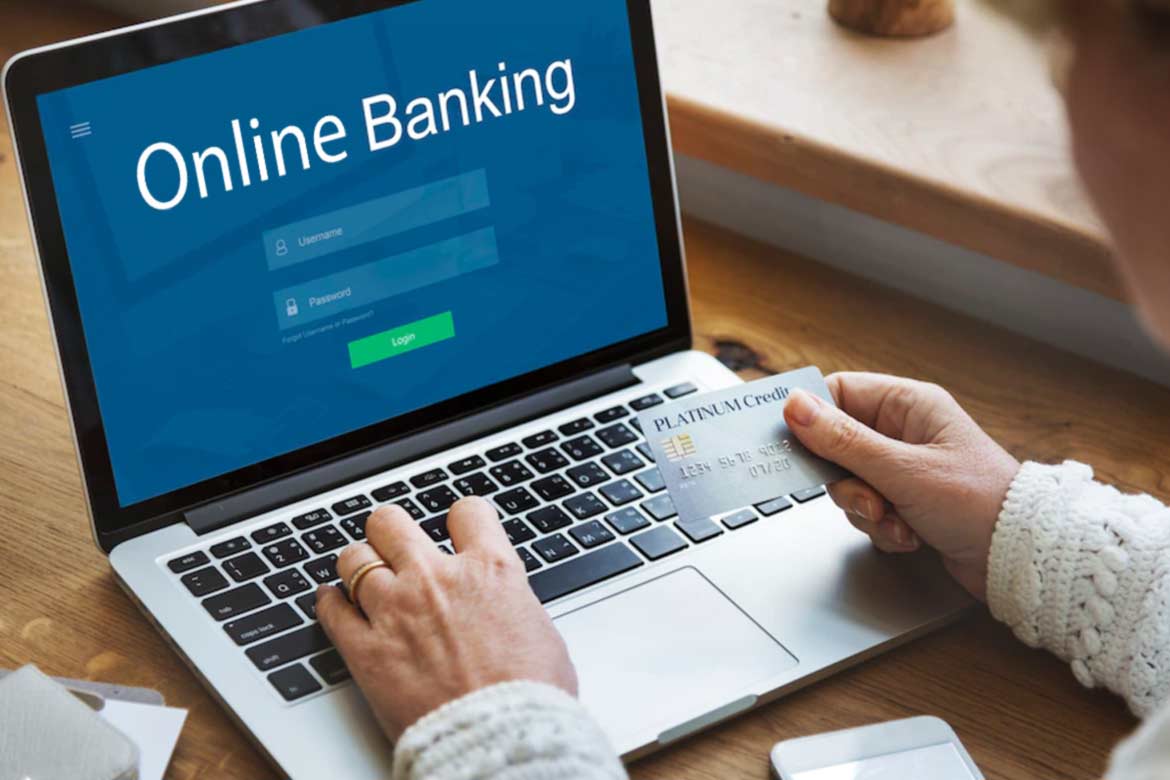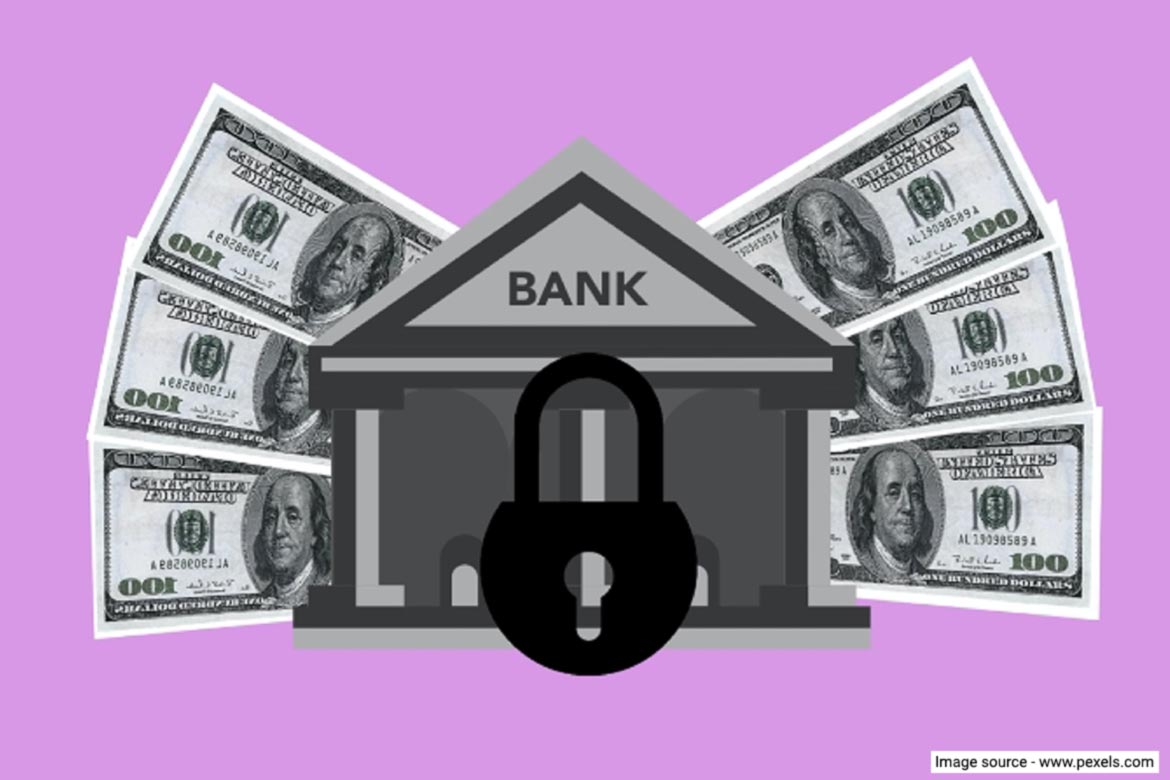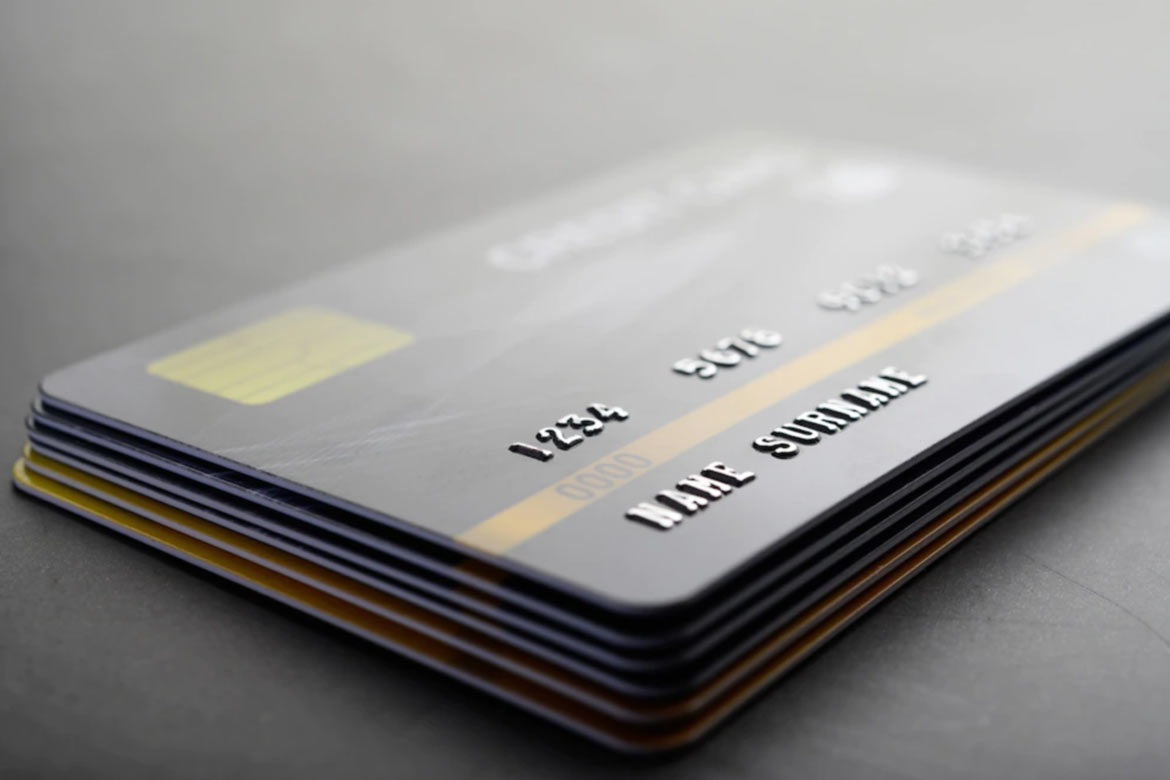FASHION WEEK
Benefits & Features of Savings Accounts
The most fundamental type of bank account is a savings account. You may manage and consolidate your finances using this account. It is possible...
GADGET WORLD
BEST Smartphones
Describe a bank statement and how to secure a Bank statement
The activity on your account over a specific time period—typically one month—is summarised in a bank statement, an official document. Every transaction—both incoming and...
POPULAR VIDEO
Definition of a Demand Deposit, Types of Accounts, and Criteria
A Demand Deposit: What Is It?
A bank account known as a demand deposit account (DDA) enables unauthorized withdrawals of funds at any time. DDA...
